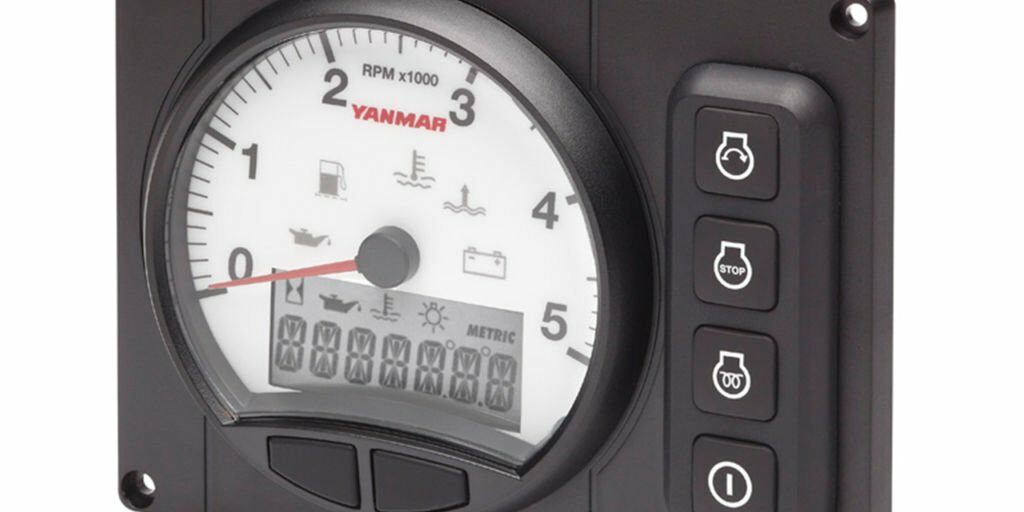One of the useful, but not always available indicators of engine health is the total number of engine hours throughout its life. Boat buyers usually ask the “How many hours?” question early in the process, but what the numbers actually mean is the subject of some debate.
We typically encounter three types of engine hour data: 1. No hour meter (this is common); 2. an hour meter that was replaced and is therefore inaccurate, or requires a little math to arrive at the actual hour count (more common than you’d think!); and 3. the digital hour meter, and possibly an onboard computer that records engine hour data (becoming more common).
A Rule of Thumb
What does an hour of boat engine life constitute, and how many is too many? The answer is: it depends. I read a report recently that equated 100 boat engine hours to about 2,500 miles of driving in your car. By that math, a 1,000-hour engine is comparable to a car with 25,000 miles. If you consider that powerboats are running at higher RPMs for shorter amounts of time, while most sailboat engines are smaller, run at lower RPMs, and can run somewhere between a few minutes to the entire day, this seems like a useful rule of thumb.
Of course, there are a multitude of other considerations to keep in mind: the marine environment is notoriously unkind to moving metallic parts, filters and impellers require more frequent replacement, and boat engine access can sometimes require complex “boat yoga” movements that can cause owners to defer maintenance they know is needed.
Proper Maintenance
Understandably, the last thing anyone wants is engine trouble away from the dock, but what are the problems usually encountered on the water and are they avoidable? As you can likely guess, most engine troubles can be traced back to a common cause: lack of proper maintenance. Boating magazine put together a top-ten list of the most commonly reported engine troubles, and all of them are preventable with a diligent maintenance routine. Whether you trust professionals for the care of your engine or you prefer to do it yourself, all of these maintenance tasks are low-cost both in terms of time and materials.
In my last newsletter article, I wrote about the value of carrying spare parts; filters, belts, etc. This week I’ll go a step further and include bigger-picture considerations like fuel quality and age, regular inspections of the propeller(s) and shaft(s), and the conscious decision to look over your equipment before leaving the dock—think of it as a preflight inspection for your boat.
Hours vs. Maintenance
Ultimately, engine hours become less relevant if you know that regular maintenance has been performed on the engine. Some engines can rack up an incredible amount of time and still run like the proverbial Swiss watch. The bottom line is to consider engine hours as you evaluate a boat to purchase, but also make the maintenance history the higher priority. Ask your broker to help you get the details as part of your due diligence, and remember that the hour total by itself is not a surefire way to judge the reliability of the engine.








